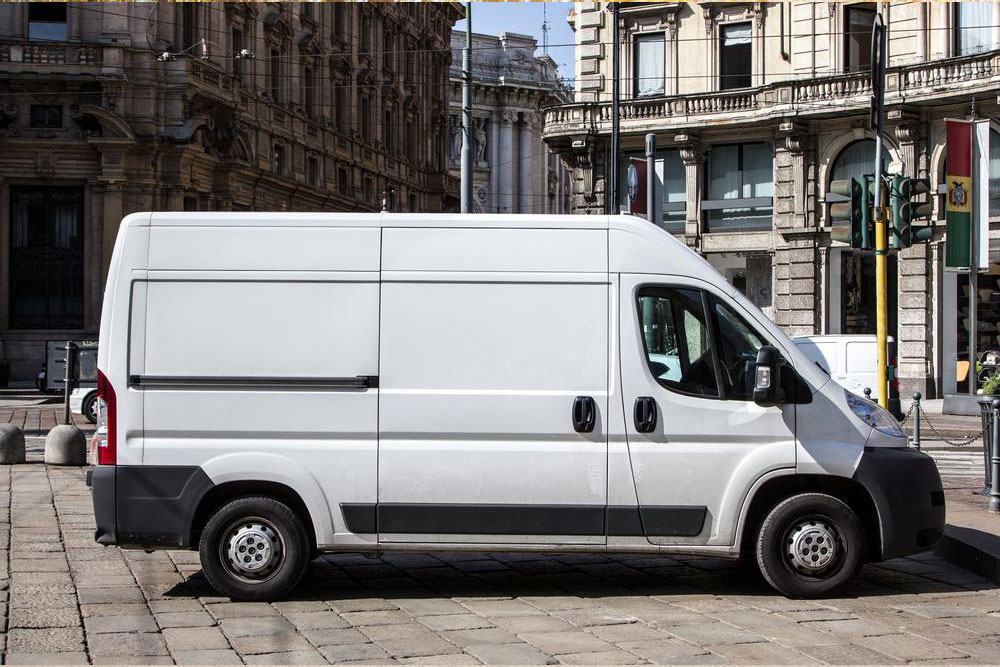Comprehensive Guide to Buying a Used Van
Learn essential tips for purchasing a reliable used van, including sources, vehicle checks, inspections, and legal procedures. This guide helps buyers find quality vans within their budget and avoid common pitfalls, ensuring a confident purchase. Whether for conversion projects or daily use, these insights assist in making informed buying decisions with safety and value in mind.

Comprehensive Guide to Buying a Used Van
As the trend of converting vans into mobile living spaces grows, more people are considering vans as practical alternatives to traditional homes. With new vans often costing over $20,000, many buyers opt for used models that fit their budget and requirements.
Key Tips for Selecting a Used Van
1. Search Reputable Sources: Private Sellers and Dealerships
Begin your search by exploring trustworthy sellers, including private owners and authorized dealerships. Online platforms can help find vans within your price range using search terms like "used vans under $5,000 near me" or "used van sales in my area under $10,000." Visiting local dealerships allows you to view options directly, and some offer certified pre-owned vehicles with warranties for added security. Don't overlook vehicle auctions, especially bank or repossession sales, which can offer great deals at local or government levels.
2. Confirm Make, Model, Year, and Mileage
Understanding the vehicle’s make, model, and manufacturing year helps determine its market value. Also, verify the odometer reading; typical vans cover about 15,000–20,000 miles annually. Vehicles with higher mileage may indicate more wear and could influence price negotiations.
3. Check Vehicle History Report
A detailed vehicle history report reveals past accidents, repairs, and maintenance records. Always request this document before finalizing your purchase to identify hidden issues and confirm ownership rights, preventing scams or legal trouble.
4. Perform Thorough Inspection
Look for leaks, rust, or corrosion underneath the vehicle.
Inspect belts and hoses for signs of wear or damage.
Ensure transmission, brake, and other fluid levels are appropriate.
Check the battery for corrosion or damage.
Test all lights, signals, and interior functions.
Smell inside for mold or water damage.
5. Test Tire Tread Depth
Use a coin to check tire wear: insert into the tread; if the tread covers the bear's paws, the tires are good; if only half is covered, consider replacing before purchase.
6. Seek Professional Inspection
Have a trusted mechanic inspect the van to identify potential issues and support your negotiations, ensuring a safe purchase.
7. Conduct a Test Drive
Drive the van in different conditions to assess handling, comfort, and overall performance. Observe how it responds during parking, reversing, and acceleration.
8. Complete Purchase Legally
Familiarize yourself with local regulations for ownership transfer. Prepare all required documents, including sales agreements, transfer papers, insurance, and your driver’s license.
Note:
Our blog provides a wide array of tips to help you make well-informed decisions. While we strive for accuracy, always verify details and seek professional advice before making significant investments. This content is intended as guidance and may not cover every market opportunity or scheme.


